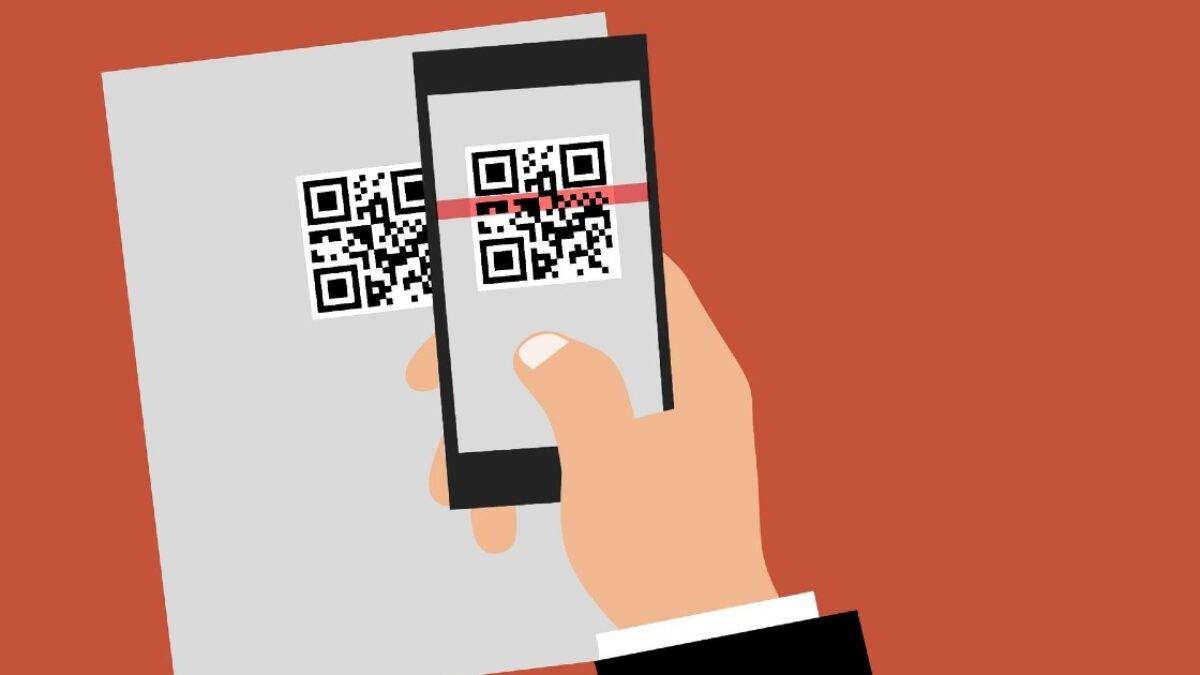Banks are requested by dicgc to post its logo and QR code on their websites 2023

Banks are requested by dicgc to post its logo and QR code on their websites 2023
As of March 31, 2023, there were 2,027 registered, insured banks, 140 of which were commercial banks. These include 1,887 cooperative banks, two LABs, six PBs, 12 SFBs, and 43 RRBs.
To raise awareness of the deposit insurance programme, the Deposit Insurance and Credit Guarantee Corporation (DICGC) has requested that all banks prominently display its logo and QR code on their websites and internet banking portals by August 31.
The DICGC provides deposit insurance for bank accounts up to Rs 5 lakh. Deposits at commercial banks, local area banks, payments banks, small financing banks, regional rural banks, and cooperative banks are all covered under the system.

Deposit insurance is crucial for safeguarding all depositors, particularly small depositors, fostering trust in the banking system, and preserving financial stability, according to a circular from the Reserve Bank’s subsidiary.
“All banks registered with DICGC shall henceforth display the logo of DICGC and QR code linked to the DICGC website prominently on their website and internet banking portal,” it said. “This is to enhance the awareness about deposit insurance in a focused and sustained manner.
Customers can quickly identify banks insured by the DICGC’s deposit insurance programme. They will have easier access to information on deposit insurance thanks to the logo and QR code display, and it was further said.
Since September 1, 2023, all insured banks have been requested to guarantee compliance with the standards.
As of March 31, 2023, there were 2,027 registered, insured banks, 140 of which were commercial banks. These include 1,887 cooperative banks, two LABs, six PBs, 12 SFBs, and 43 RRBs.
According to the RBI, the number of fully covered accounts (294.5 crores) as of March 31, 2023, was 98.1 per cent of the total number of reports (300.1 crores), with the current ceiling of deposit insurance in India set at Rs 5 lakh per depositor of a bank.

As of March 31, 2023, the assessed deposits totalling Rs 1,81,14,550 crore represented 46.3% of the insured deposits, totalling Rs 83,89,470 crore. In 2022–2023, insurance coverage at the present rate would equal 2.91 times the national average annual income.
The DICGC approved 11 liquidated banks’ supplemental claims totalling Rs 105.8 crore during 2022–2023.
Additionally, it paid up Rs 646.8 crore in 2022–2023 to resolve claims related to 28 banks under the RBI’s “All Inclusive Directions (AIDs)”. As of March 31, 2023, the Deposit Insurance Fund (DIF) has a value of Rs. 1,69,263 crore.
On July 16, 2023, the Deposit Insurance and Credit Guarantee Corporation (DICGC) made an announcement that can change the face of the Indian banking sector. In a bold move to ensure transparency and consumer awareness, DICGC has issued a directive to all banks in India to display its logo and Quick Response (QR) code on their websites.
The DICGC, a wholly-owned subsidiary of the Reserve Bank of India (RBI), was established to provide insurance cover on deposits and to promote financial stability by absorbing losses when banks fail. This new mandate is expected to increase the institution’s visibility and reassure depositors about the security of their funds.
The directive states that all banks under DICGC’s purview must display the DICGC logo and a QR code on their websites. By scanning this QR code, depositors can access detailed information about the coverage offered by the DICGC. The objective is to inform consumers about the role and services of the DICGC and the extent of coverage it provides.

In the context of recent high-profile bank failures, this move is seen as a significant stride towards building depositor confidence and fostering transparency in the banking system. It acknowledges the need for improved communication between banks, regulatory bodies, and the general public.
The directive implies a more robust disclosure system in the banking sector. Banks must be transparent about their DICGC membership and the deposit insurance coverage available to customers. This initiative may enhance depositor trust, a critical factor in banking relationships.
On the flip side, the directive also presents operational challenges. Banks must integrate the DICGC logo and QR code into their websites and ensure the link is up-to-date and functioning correctly. Training staff to answer any related questions from customers would also be necessary.
For depositors, the directive is a welcome change. Accessing comprehensive information about deposit insurance coverage directly from their banks’ websites reassures their funds’ safety. The transparency it brings will allow customers to make informed decisions about their deposits.

Moreover, the directive reduces the information asymmetry that has traditionally existed in the banking sector. Depositors often need a more comprehensive understanding of the intricacies of deposit insurance. This move will go a long way in demystifying the process and enhancing financial literacy among depositors.
The DICGC’s directive aligns with the global trend towards enhanced transparency in the financial sector. India joins the League of Nations by implementing this measure, prioritizing depositor awareness and protection.
This step could be a precursor to more initiatives to make the Indian banking system more transparent and consumer-centric. It signals a shift in policy emphasis from just regulating banking operations to improving depositors’ understanding of the protections available to them.

The directive from DICGC to display its logo and QR code on bank websites is a game-changing move. It will enhance transparency, boost depositor confidence, and contribute to a more stable and trusted banking system. While the mandate presents some logistical challenges to banks, the potential benefits of improved customer relations and trust outweigh the operational difficulties.
This innovative approach, bringing technology and transparency together, marks an essential step towards creating a more informed and empowered banking consumer base in India. The success of this initiative will be watched closely by regulators worldwide as they continue to seek ways to improve financial system transparency and depositor protection.



